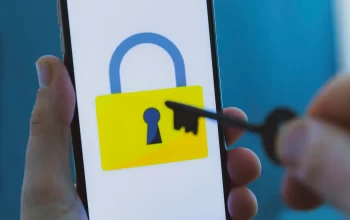The Android operating system has a very rich feature set. It allows users to initiate actions with the direct manipulation of buttons and other inputs, and is remarkably responsive. Many devices offer haptic feedback, with vibration occurring when a user presses a navigation button. Android’s home screen serves as the main navigation hub and features a variety of widgets that automatically update with new content. Device manufacturers have a large number of options for presenting the home screen, and users can also download third-party applications from Google Play to change the appearance of the default design.
Android was released under several code names over the years. The first version was called Android 1.5 Cupcake, and was released in early 2009. This update brought numerous refinements to the interface of the operating system, including the first on-screen keyboard, which was needed as phones moved away from using a physical keyboard. Android 1.5 introduced a framework for third-party application widgets, which quickly became one of the distinguishing features of the operating system. Another change in Android was the addition of video recording capabilities, and the ability to play videos directly from the camera.
Android’s minimum hardware requirements vary depending on the screen size, CPU type, and density. Originally, Google recommended devices with a 200 MHz processor and 32 MB of RAM. Since Android is an open-source operating system, it can be run on devices with lower specs. Manufacturers can choose a device with less powerful hardware if it is compatible with their software. Ultimately, this means that the user can choose what they want from the operating system, which is great for the consumer.
While the iOS operating system is primarily intended for single users, Android is more flexible than iOS. You can create multiple users with separate profiles and share a phone. Android has guest accounts, which are especially useful if you have children, or want to share the phone with a friend. Both systems allow split screen functionality. Although the Android OS supports split screen, iOS does not have this feature, which can be useful if you are working on multiple devices.
In addition to a customizable interface, Android has a plethora of security features that help protect users. Many devices come with two-factor authentication capabilities, and many lock screen security options. The user can also enter a PIN code or password in order to lock their device. Android is also a highly fragmented platform, and phone carriers have added their own user interfaces. Many developers complain about the wide variety of devices and user interfaces.
A number of phone makers have reported delays in updating Android for their phones because of difficulties getting the updated version of the operating system to work with the user interface. Custom skins have also been a big part of the Android experience, but Google has not yet ruled out the practice entirely. The first commercially available Android phone was the T-Mobile G1.











